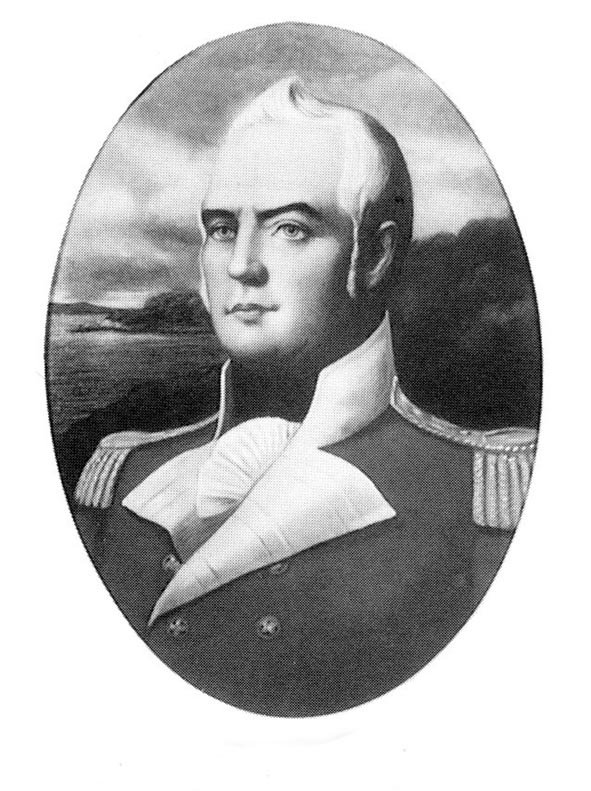Ultimo and the Ultimate Court Case
|
||||||||||
 |
We learnt how the suburb of Harris Park was named after surgeon John Harris. Another Sydney suburb name also has a connection with this colourful colonial character.
John Harris arrived in Sydney on the second fleet ship the Surprize as a naval officer and soon became an influential and powerful member of the colony.
Harris became superintendent of police, many of whom were convicts or ex-convicts, and had the difficult task of enforcing regulations relating to the importation of spirits. He collected government duties and supervises the government shipyard. As a magistrate he sentenced smugglers and then, as surgeon, supervised their flogging.
Harris became a large land holder firstly with 750 acres granted to him by Governor King followed by numerous purchases in both Sydney and Parramatta. He helped explore the Hunter region for Governor King in 1801.
Although described as ‘a very Merry Man’ and ‘one of the pleasant society in Sydney’, Harris created enemies. In 1803, Major George Johnston charged Harris with ‘scandalous, infamous behaviour, unbecoming the character of an officer and a gentleman.’ Harris was found guilty by a court martial but Governor King referred the matter to London. Harris was acquitted on a technicality. The charge was read as happening on ‘the 12th ultimo’ meaning the twelfth of last month, instead of ‘instant’ meaning this month. Afterwards he named his 233 acre Sydney property Ultimo Place.
Trevor Patrick is a local historian of the north-west of Sydney, Australia. His latest book, In Search of the Pennant Hills, recounts some of these stories (and others) in more detail.